10 coffee-table books to give a culture lover
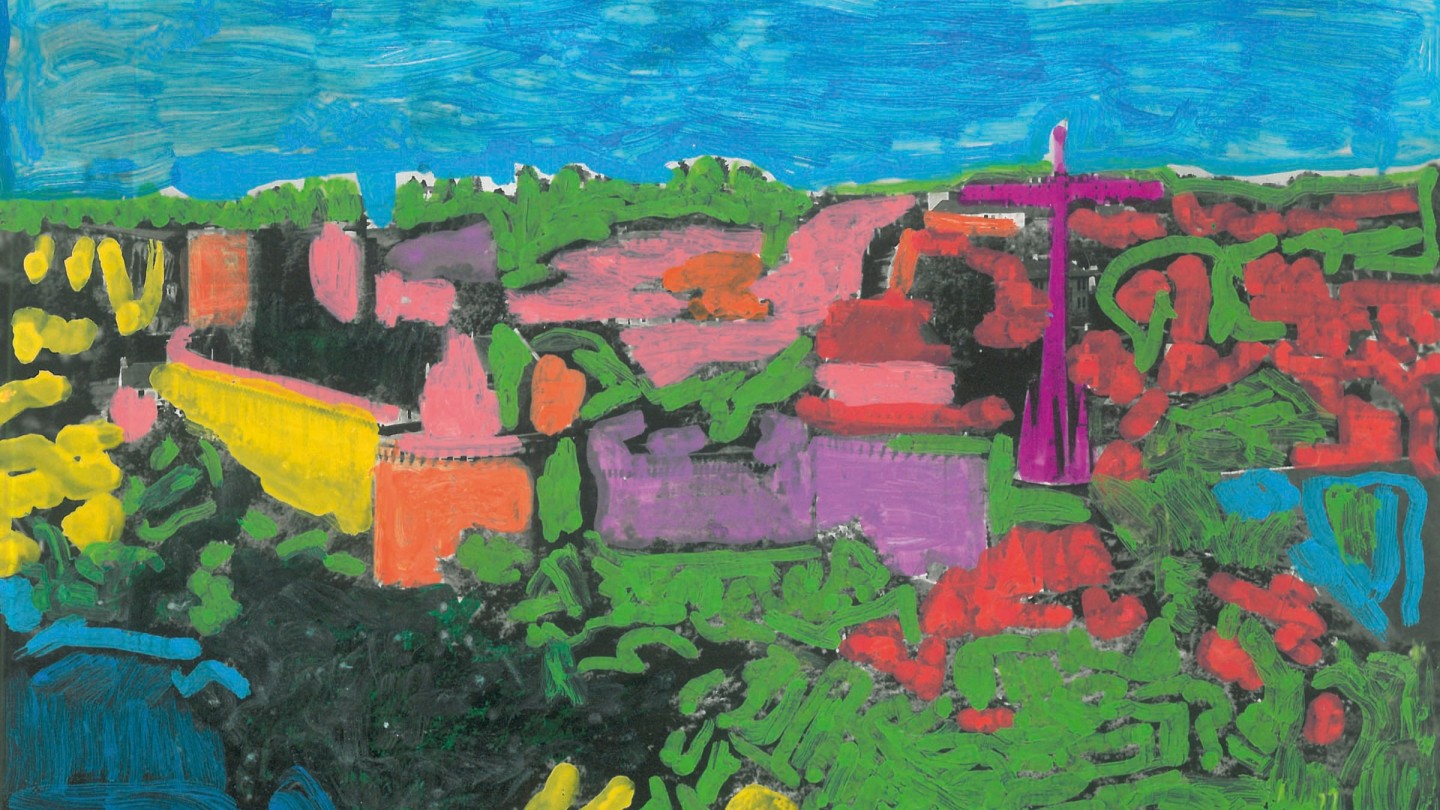
Roula Khalaf, Editor of the FT, selects her favourite stories in this weekly newsletter.
The Drawer by Vince Aletti (SPBH Editions, £45)
Vince Aletti, who worked as the art editor of The Village Voice for nearly a decade before becoming a photography critic for The New Yorker, began gathering cuttings and tear sheets on the subject of masculinity when he moved into his first New York apartment in the East Village in the 1970s.
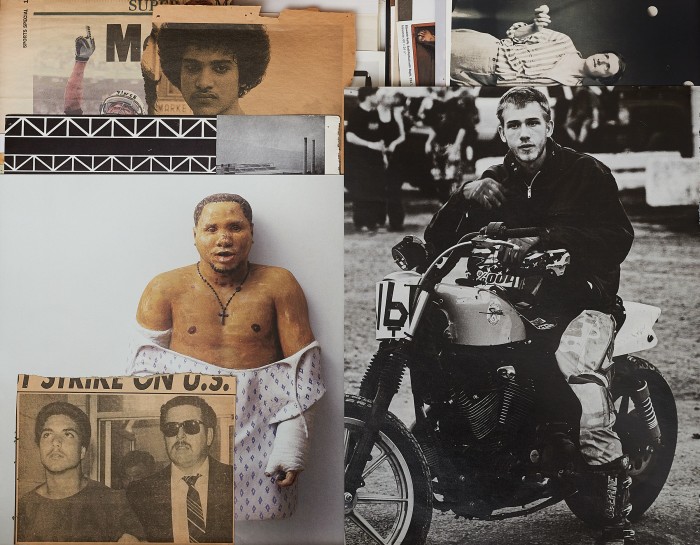
“It started by being more conscious of holding onto things, and eventually buying photographs,” he says of his vast collection of ephemera that fills “many receptacles”. Highlights of the collection are now immortalised in a book, The Drawer, featuring 75 collage-style compositions.
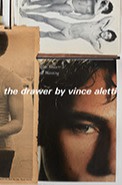
“No one [image] is more legitimate than the other,” says Aletti of the various arrangements, “but they all amplify one another.” In one collage, a photo of a hunky motorcyclist sits below a man posing, as if for a painting, with a piece of fruit; in another, an 18th-century military painting showing a general being supported by his soldiers is juxtaposed with a photograph of a man kissing an androgynous partner (the images are captionless, to encourage readers to “really absorb the picture”). As for what one might take away from it? “That there’s no one way of being a man, and there’s no one vision of masculinity. I’m always fascinated by the many visions that there are.” BAYA SIMONS
Presence: The Photography Collection of Judy Glickman Lauder (Aperture, £40)
As the daughter of a doctor who loved taking photographs in his time off, Judy Glickman Lauder spent her childhood immersed in image-making: helping her father in the darkroom, going on field trips, posing for photographs. It wasn’t until her own children had left home that she began to think of herself as more than a “family documentarian”, and to use photography as “a way to discover and express myself”.
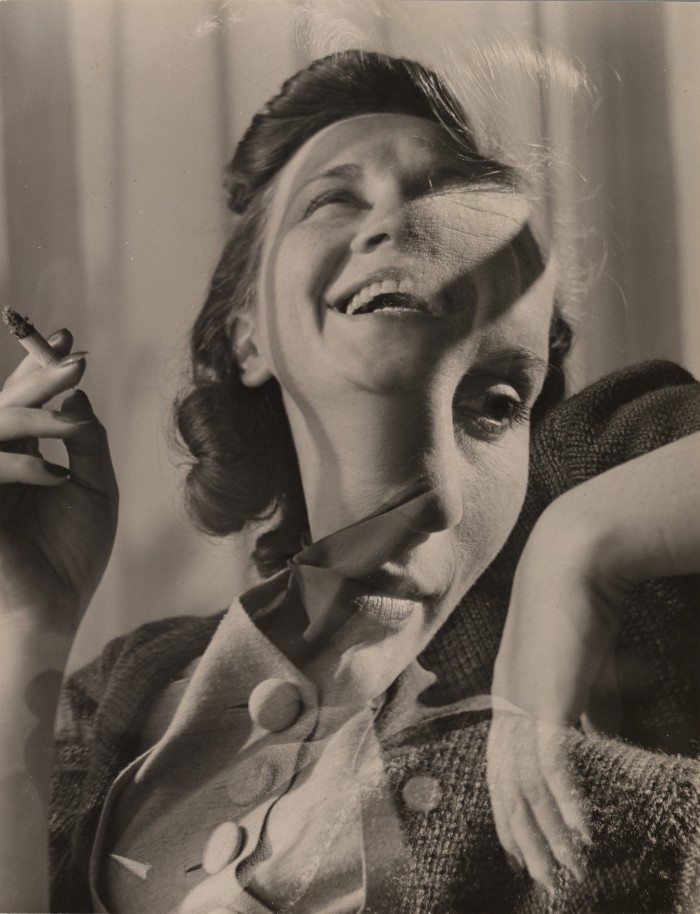
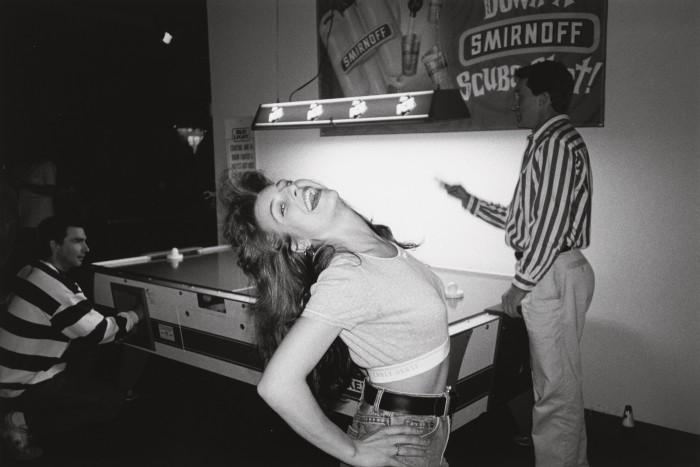
Glickman Lauder began to take collecting and taking photographs seriously, becoming known for her images documenting Holocaust sites and survivors. Now in her 80s, she has donated nearly 700 of the photographs she has collected to the Portland Museum of Art.
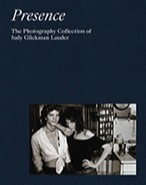
The bequest features many of the greats of the 20th century, from Richard Avedon to Dorothea Lange, Gordon Parks and Nan Goldin, as well as her own photographs. The images reveal particular facets of Glickman Lauder’s life and interests: New York City’s “non-stop energy, diversity”, Jewish history, “women by women”, and the fight for civil rights. “Some people say that when one photographs, it’s almost like every photograph is somewhat a self-portrait,” she says. “I think that in collecting it is too.” BS
Presence: The Photography Collection of Judy Glickman Lauder is on show at the Portland Museum of Art, Maine until 15 January
Fred Herzog: Black and White (Hatje Cantz, €34)
Herzog became known as a pioneer of colour street photography, but his earliest shots, initially of his birthplace of Stuttgart and later in his adopted home of Vancouver, were shot in black and white. In his new city, he would spend his spare hours – when he wasn’t working on steamships, employed in medical photography or teaching at the university – walking and photographing the unpolished elegance of the pre-modernised city.
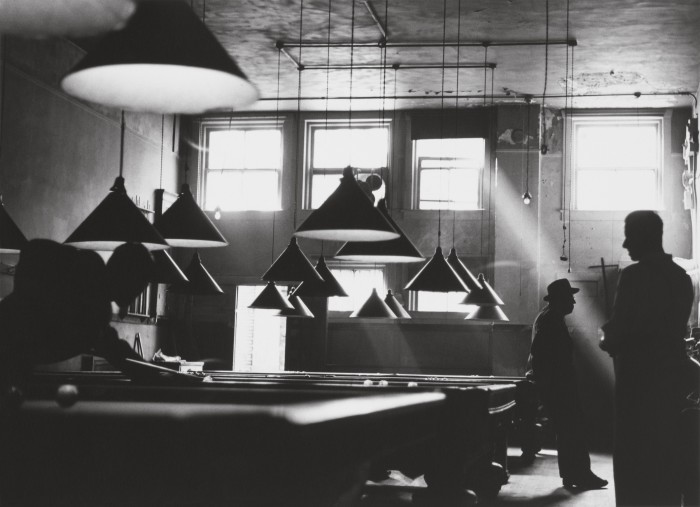
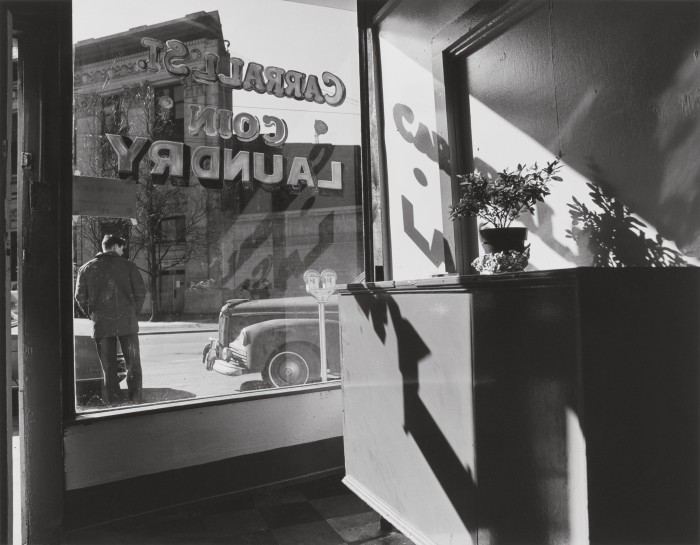
His early, lesser-seen black-and-white images are now coming to attention in a new book. Herzog’s more tranquil observations (a world away from his more popular images that were “not just in colour, but drenched in it, soaked in a pulsing and bloodthirsty red”, as Geoff Dyer writes in his introduction) allow the eye to settle on quieter qualities.

A pool table, stripped of its colour-coded symbolism, concentrates instead “on geometry and shapes”, while Vancouver’s Granville Street in 1969 is caught with its tangle of signs, flags and cars, “muted, as it were, but still visually packed and noisy”. Together, the photographs form a tender portrait of the old-world Vancouver that Herzog first fell for. BS
Master of the House: The Theatres of Cameron Mackintosh by Michael Coveney (Unicorn, £40)
When theatre producer Cameron Mackintosh – the force behind Cats and Les Misérables, among others – acquired eight landmark London theatres starting in the ’90s, the once-grand buildings were suffering after “almost one hundred years of constant wear and tear”. The profits from Shaftesbury Avenue’s Sondheim Theatre or St Martin’s Lane’s Noël Coward Theatre had gone to “shareholders, landowners or investors, rather than on the great buildings themselves”.
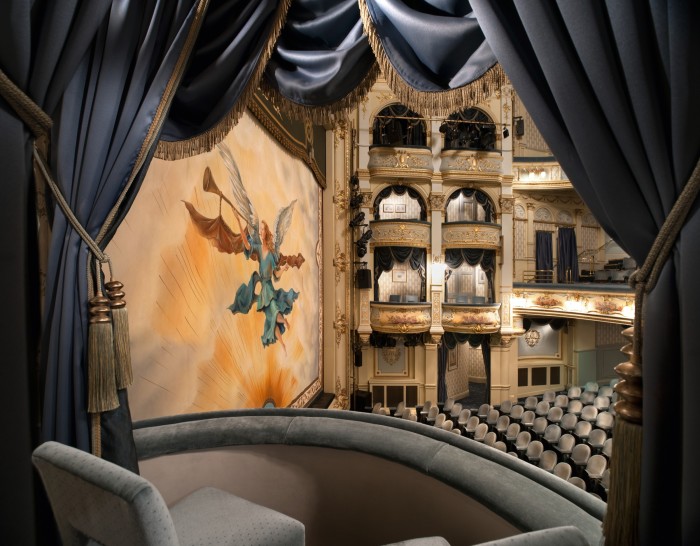
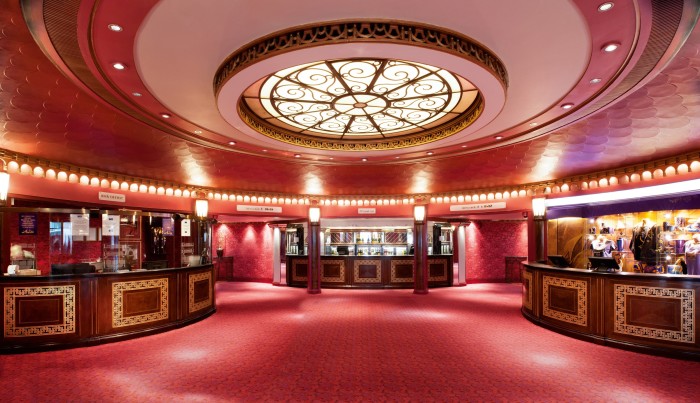
Mackintosh undertook the task of returning each to its former splendour. The work is chronicled in the new book, Master of the House, via photographs and with words by former Financial Times theatre critic Michael Coveney.
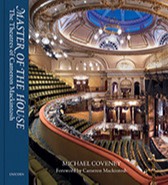
From practical improvements, such as replacing tilted seats with vertical designs to give four more inches of legroom – “and, no doubt, a more alert, less somnolent, audience” – to the turquoise, gilt and tapestry-adorned refit of Wyndham’s, designed to feel like “a comfortable private house or gallery”, the book charts his endeavour to return the West End institutions to a state fit, as Mackintosh jokes, for Mary Poppins’ inspection: “Practically Perfect in every way”. BS
The Unseen Saul Leiter (Thames & Hudson, £35)
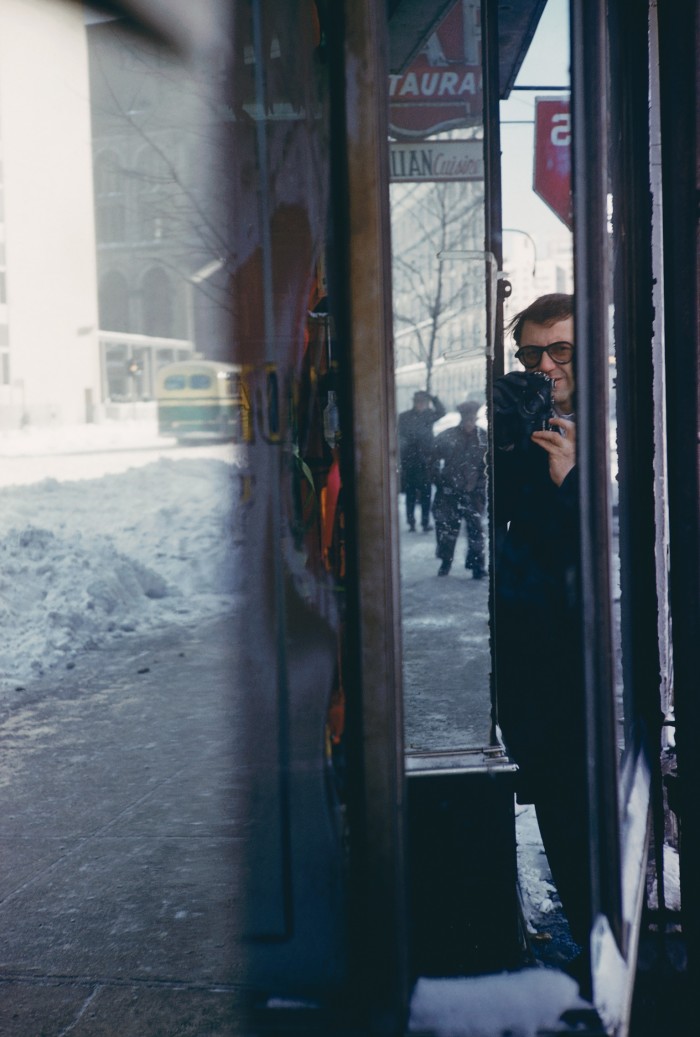
When American artist and colour photography pioneer Saul Leiter died in 2013, a foundation was set up to catalogue his archive of 40,000 photographic slides – a log of midcentury New York street life that had been stored in the spare rooms of his East Village studio.
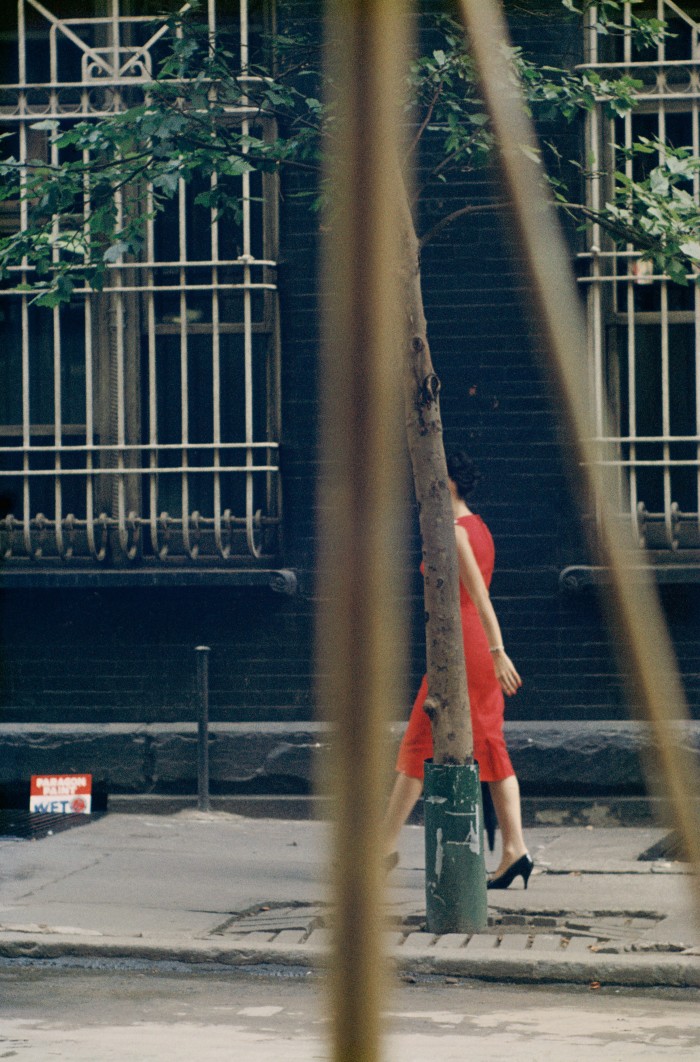
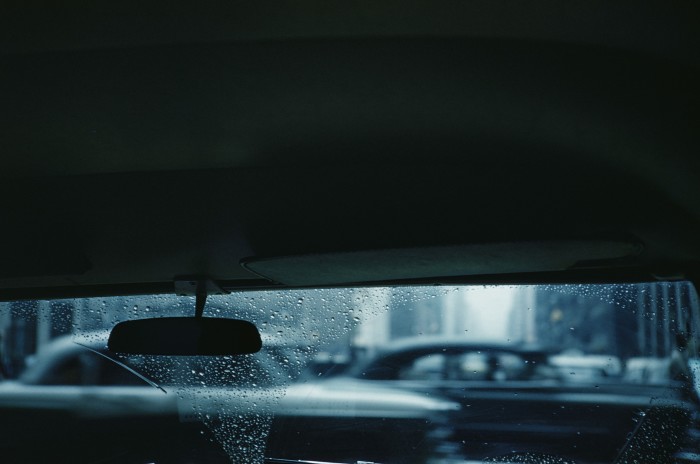
To see each 2in by 2in slide, the team would “hover over it over a light box or a lamplight”, writes the foundation’s director Margit Erb, “or simply hold it up toward the sun in order to reveal the universe within”.
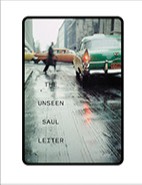
The result is The Unseen Saul Leiter, a new book showcasing 76 of Leiter’s newly discovered prints. The photographs display his eye for the poetry and texture of the mundane movements of the city: a couple kissing on a rain-dampened bench, glossy taxis waiting in the street, the flash of a red dress. “I remember wondering,” continues Erb in the book’s introduction, “how did he think he could take such pictures and get away with it? His images broke all the rules and yet left you in awe.” BS
Meghann Riepenhoff: Ice, with an original text by Rebecca Solnit (Radius Books, $60)
American artist Riepenhoff describes her process as “a collaboration with the landscape”. Using the 19th-century printing process known as cyanotype, which sees natural matter imprinted onto photographic materials, she creates intricate, abstract photographs of elements such as sunlight, forest debris and rainwater.
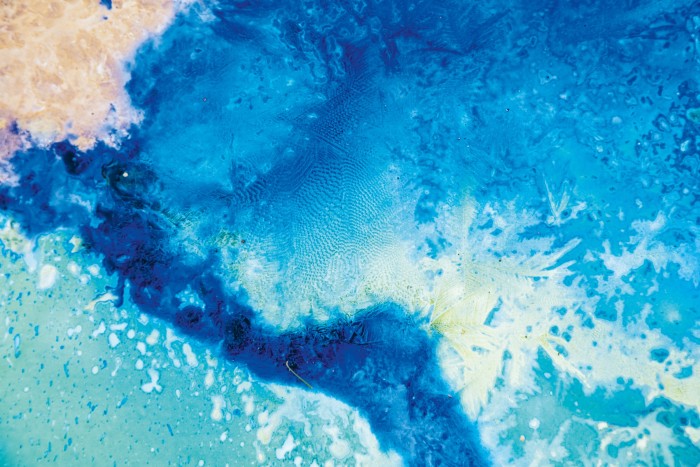
Her latest body of work, the subject of a new monograph, focuses on frozen landscapes. Made in waters such as Walden Pond in Massachusetts or the remote creeks of Washington, the prints reveal dynamic, blue-hued patterns that are the product of subtle variations in water temperature and ice structure.
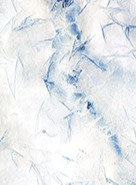
“The prints are very much of the moment and condition in which I made them; the specifics of the environment generate patterns that are like fingerprints of time and place,” says Riepenhoff. Meanwhile, in her accompanying text, the writer Rebecca Solnit calls it “a watery process about water”; a study of “that condition we call fluid, as in changeable, evanescent, escaping captivity, the antithesis of frozen and captured”. NINI BARBAKADZE
Painting Photographs by Alice Wong (TBW Books, $45)
When a collection of vintage photographs and postcards were donated to Creative Growth, the US’s largest non-profit for artists with developmental disabilities, artist Alice Wong took “an immediate interest in them”, says executive director Tom di Maria. Abandoning the practice of ceramics and drawing she had developed at the organisation’s studio space, she began painting directly onto the assorted portraits of athletes, wedding photographs and beach-holiday snaps with enamel and acrylic markers – creating naive, pop-coloured paintings.
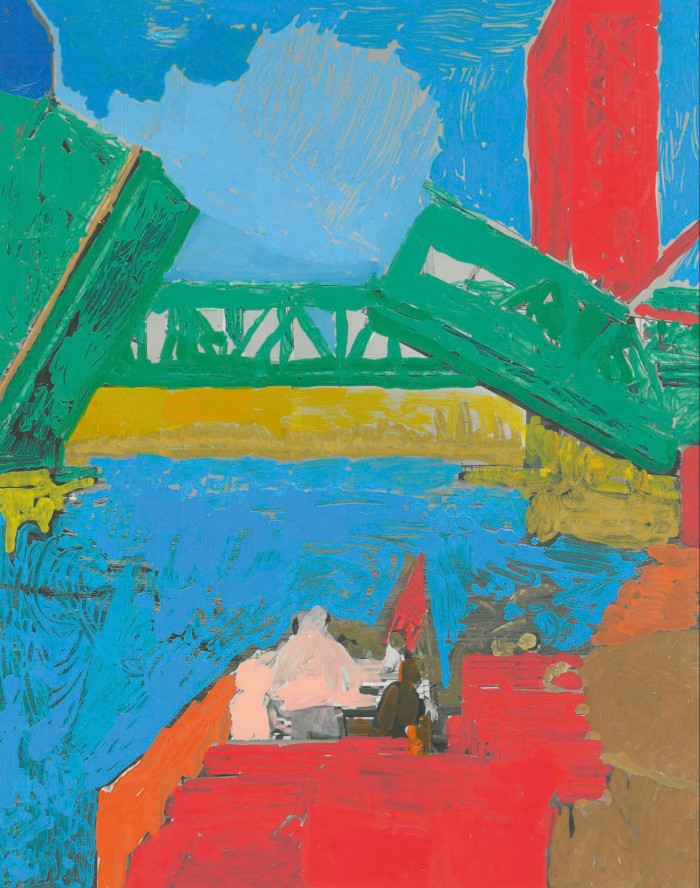
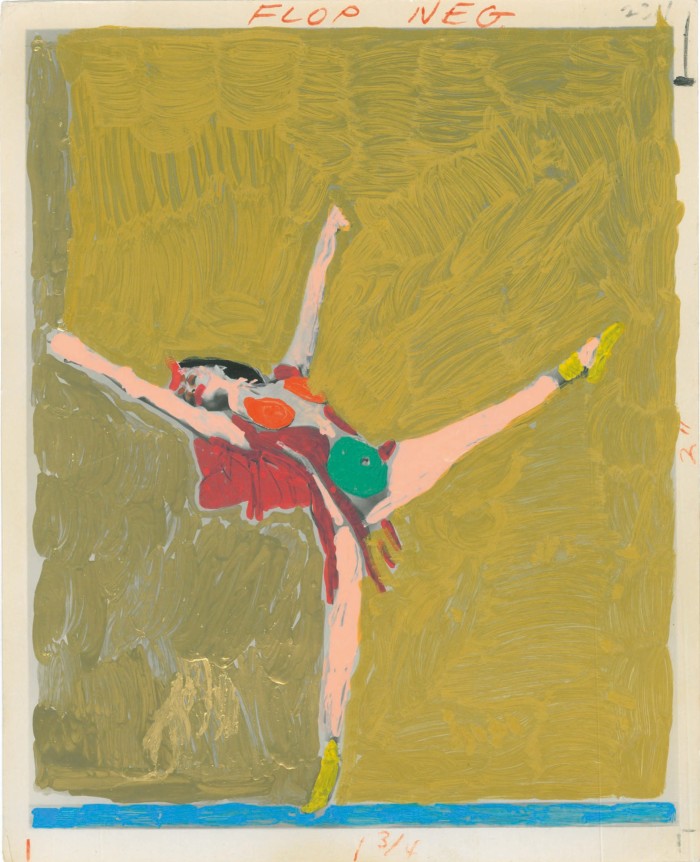
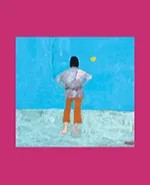
These works are now being published in a monograph, Painting Photographs. For Hong Kong-born Wong, who finds verbal communication difficult, interpreting these vernacular photographs has become a means of examining and exploring the world around her. “There is a sense of longing or nostalgia in her work,” di Maria says, “where she uses the image to search for engagement with a life or a world she might not otherwise have access to.” BS
You can support Creative Growth’s work in providing studio space and gallery representation to artists with disabilities by donating at creativegrowth.org
Vatican: A Private Visit to a Secret World (Assouline, €1,200)
Home to the heavenly but bearing “a whiff of the demonic”; both piously ascetic and intensely luxurious – the beguiling contradictions of the Vatican have fired the imaginations of everyone from Francis Bacon to Paolo Sorrentino. A new book chronicles the saintly and sinful history of the Roman enclave through archival photographs, painterly impressions and contemporary photography, alongside essays by Vatican historian and journalist Caroline Pigozzi, and Giovanni Maria Vian, former editor of the Vatican City State’s newspaper L’Osservatore Romano.
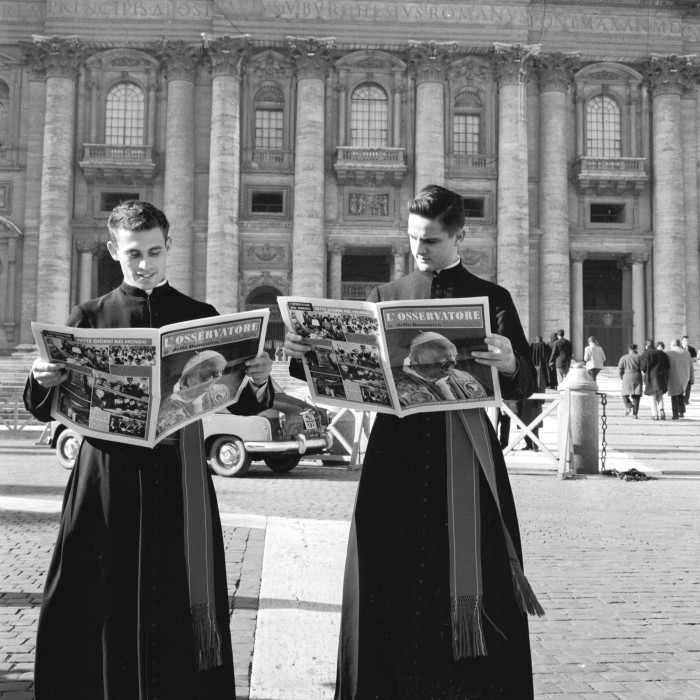
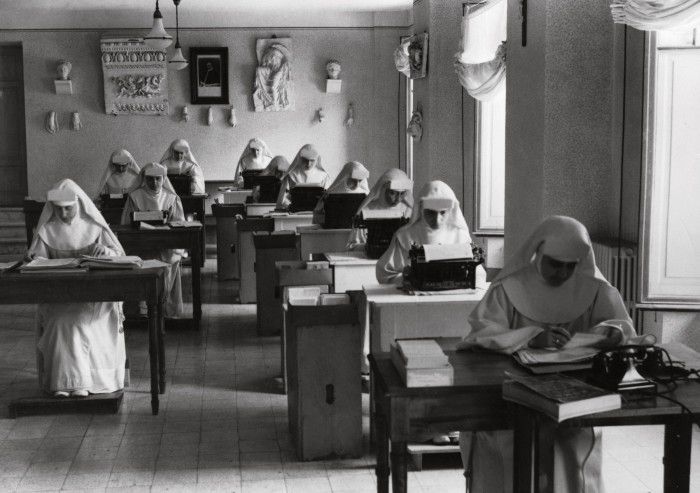
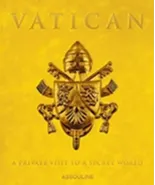
Photographs of pearl- and ruby-encrusted mitres reveal past pontiffs’ tastes for the finer things; an image of nuns – only present in the city in positions of servitude until recently – working at typewriters during the second world war speaks to the conservatism that still troubles the place; while black-capped and long-cloaked seminarians enjoying a game of volleyball show its more innocent appeal. “To borrow an ancient image, the Church is like Noah’s Ark,” writes Vian, “containing animals of all kinds.” BS
The book is made by hand and comes in a velvet clamshell case
Mundo de Papel by Thomas Demand (Mack, £100)
German artist Demand’s early works were sculptures, life-sized recreations of familiar images (from historic occasions to crime scenes) made out of paper, which he would then document on camera. In the ’90s, however, he began destroying these sculptures after they had been photographed, leaving nothing but that hyperrealist image behind. At three removes from the original instant, these photographs were a clearer expression of Demand’s central interest: the distance between the real world and its representation. His new book, Mundo de Papel (World of Paper), is true to this emphasis on the contrived.
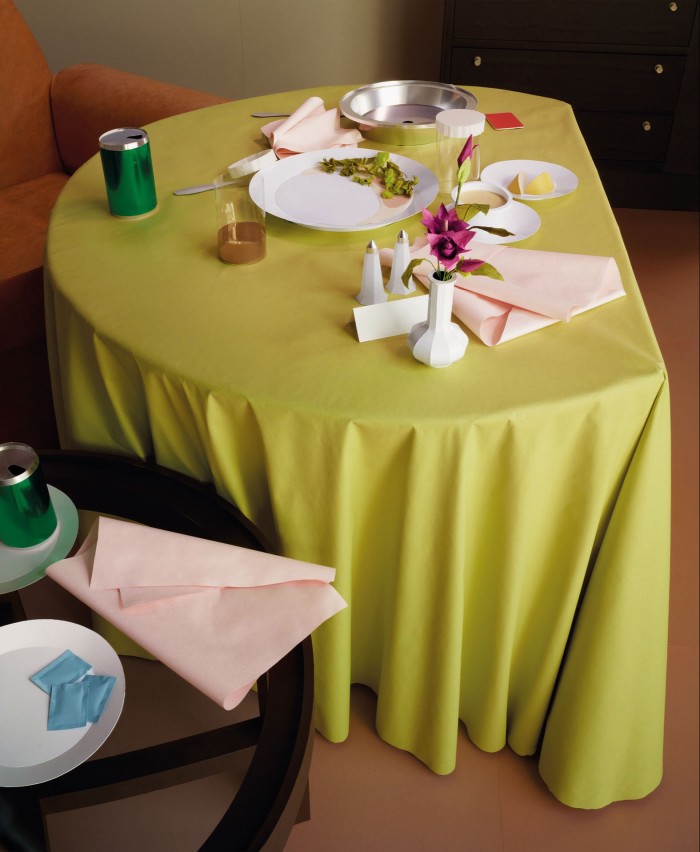
The book takes eight of his paper sculptures and recreates them in miniature pop-up form: a paper scene of Monet’s lily pads, the office of the architect who rebuilt Munich after the second world war, the hotel-room table where Whitney Houston ate her last meal in 2012 (pictured above).
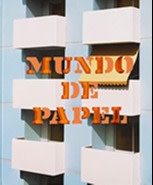
“That image’s provenance was very interesting to me,” says Demand of the latter. “It was shown first on TMZ – apparently it was given to the media by room service. Obviously, there is something tragic about the incident, but it also demonstrates how much the authenticity of an image depends on who shot it.” When constructed in coloured paper, the scenes become perversely cute. “I follow the colours I find,” reasons Demand, “and most environments aren’t designed to be a stage set for cruelty.” By erasing the details of the original images, the traces of the objects’ use, Demand creates a new world. BS
Thor Heyerdahl: Voyages of the Sun, The Kon-Tiki Museum Archive by Kingston Trinder (Atelier Éditions, $50)
In 1947, Norwegian archaeologist and anthropologist Thor Heyerdahl travelled 8,000km from Peru to the Polynesian islands on a boat emulating prehistoric designs. His mission was to prove that the original inhabitants of such faraway lands could have migrated from South America. He went on to carry out myriad other experiments in ancient travel – from Morocco to South America, and Iraq to Djibouti – seeking to better understand routes of cultural exchange.
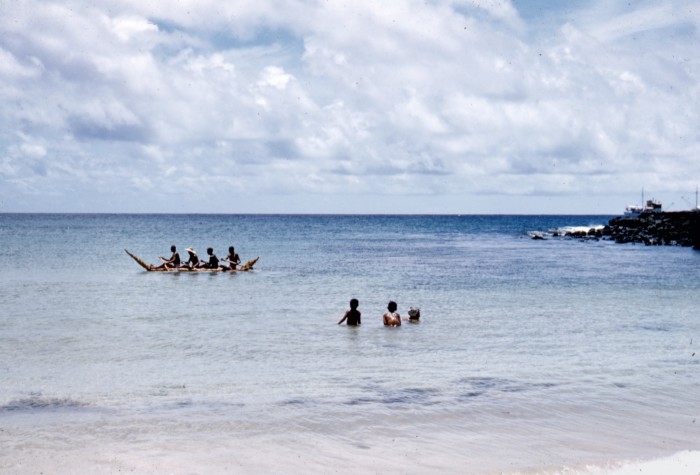
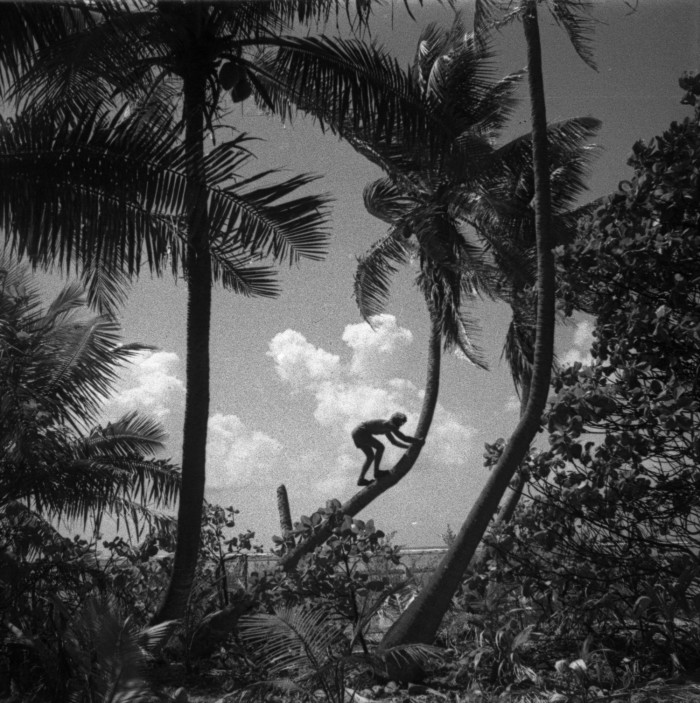
Seventy-five years on from that adventure, a new book, Thor Heyerdahl: Voyages of the Sun, freshly appraises his life and ideas through unseen photographs, logbooks and essays.
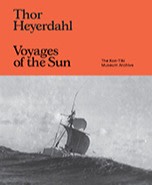
Although his theories haven’t been accepted into the academic canon, the book explores their insights into how and why people might have crossed seas, which could hold new relevance for conservation and migration studies. Despite advances in marine science, for instance, Heyerdahl believed that ancient cultures’ understanding of the ocean remained a far “truer one than ours”. BS
Comments